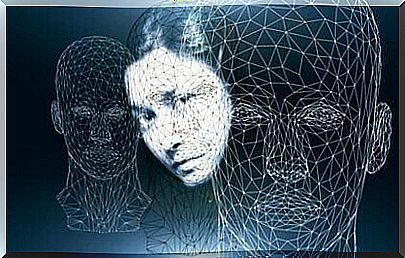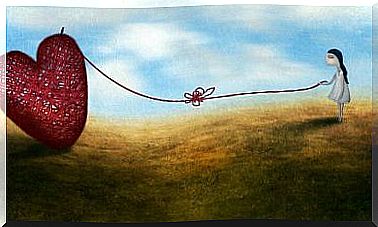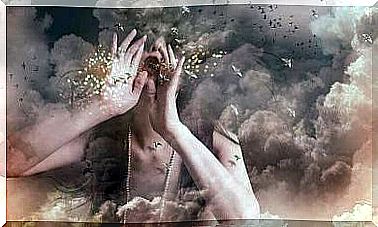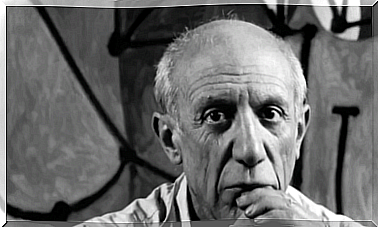Theory Of Mind: The Key To Connecting People
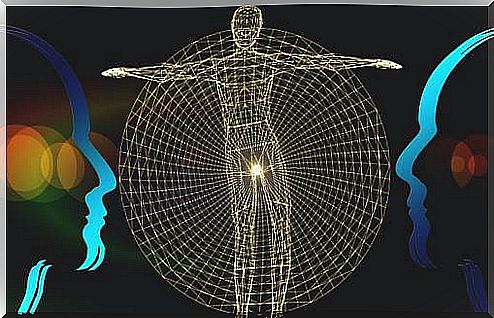
Theory of mind is a sociocognitive ability that allows us to communicate with others. This skill goes far beyond the classic “ I think you are feeling or thinking this right now ”. In fact, this faculty allows us to understand that what others feel and think can be very different from what we are experiencing at any given time.
This concept introduced by psychologist and anthropologist Gregory Bateson is essential for understanding much of our social behavior. In a way, theory of mind allows us to realize that the people around us have thoughts and beliefs that are distinct from our own.
Therefore, human beings, like many animals, are compelled to predict the behavior of others. They need to intuitively know what others may be thinking or feeling in order to adjust their behavior. We are therefore confronted with a series of very sophisticated cognitive processes: “technologically advanced on an emotional level”.
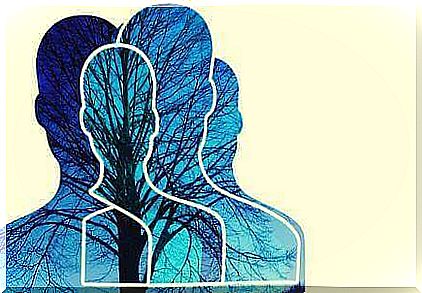
Theory of mind, the most important socio-cognitive skill
We often talk about empathy as that essential skill that can facilitate human connection. It is true that few psychological realities serve as much of the basic social glue to help us connect, to take into account the perspectives of others. Now, we won’t go wrong in saying that theory of mind is actually much more important in our social relationships.
Empathy helps us know that other people can feel the same way we do. Bateson’s theory allows us to understand that our realities can be very different. It is she who helps us to realize, for example, that the other can lie. It also helps us to understand that it can react differently from us to certain stimuli.
All of these processes are essential in our social relationships, where the brain does fabulous jobs to enable us to survive, adapt, and connect to each other in meaningful ways.
The brain, a “predictive” machine
The brain is, to use the classical computer comparison, a predictive machine with one essential objective: to reduce the uncertainty of the environment. This explains, as a study conducted at the University of Michigan by Dr. John Anderson tells us, the great importance of theory of mind in our social scenarios.
People don’t just need to predict the behaviors of those around them. It is also important to guess their knowledge, intentions, beliefs and emotions. In this way, we adjust our behavior taking into account the factors that we ourselves learn to induce.
On the other hand, it is also worth bearing in mind that animals in turn have this sophisticated ability. Interesting studies have been carried out to find, for example, that chimpanzees have this socio-cognitive ability to anticipate the behavior of certain individuals. In this way, they can deceive potential rivals and even facilitate proactive behavior for the benefit of the group.
Theory of mind, do we all have this power?
Human development studies indicate that theory of mind faculties appear in children over 4 years of age. It is from this threshold that children begin to have more abstract, more sophisticated thoughts where they understand that others also have intentions, wills and that those around them may have different thoughts and opinions.
On the other hand, it is appropriate to refer to another aspect. Researcher Simon Baron-Cohen of the University of Cambridge has carried out numerous works and surveys where he has suggested that people with autism spectrum disorders have severe deficiencies in terms of theory of mind.
We know, for example, that children and adults with autism exhibit certain empathic behaviors. They perceive pain or worry in others. However, there is one aspect where they find it difficult to anticipate the behavior of others. In these cases, social interactions are confusing and difficult because the mental capacity to induce reactions fails. They are therefore unable to connect with others and understand that they can think, feel and react differently than them.
On the other hand, patients with schizophrenia also exhibit this same metacognitive reality, where it is very difficult to relate and differentiate their own mental state and that of others.
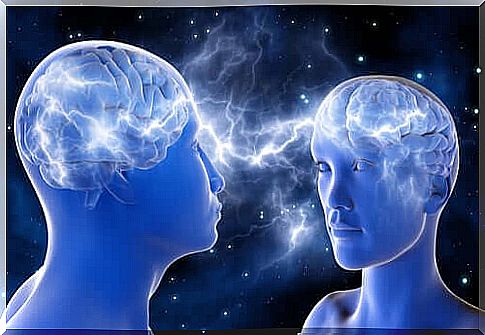
Conclusion
John Locke said that human happiness is a disposition of the mind and not a condition of circumstances. It must be admitted that this mental universe configures one of the most fascinating scenarios … but also the most complex. The human being, like many animal species, has the main faculty of connecting with his peers in order to understand them and to better adapt to the environment, as well as to facilitate the continuity of his own life.
However, there is a curious aspect to the theory of mind. Thanks to it, we understand ourselves better and anticipate behaviors, needs and thoughts in order to react accordingly. However, the goal is not always noble. We know that thanks to the theory of mind, we are able to deceive and manipulate others. So, and in conclusion, it’s up to us to make good use of these wonderful abilities that we have. Those which, almost without our noticing, continue to evolve.
